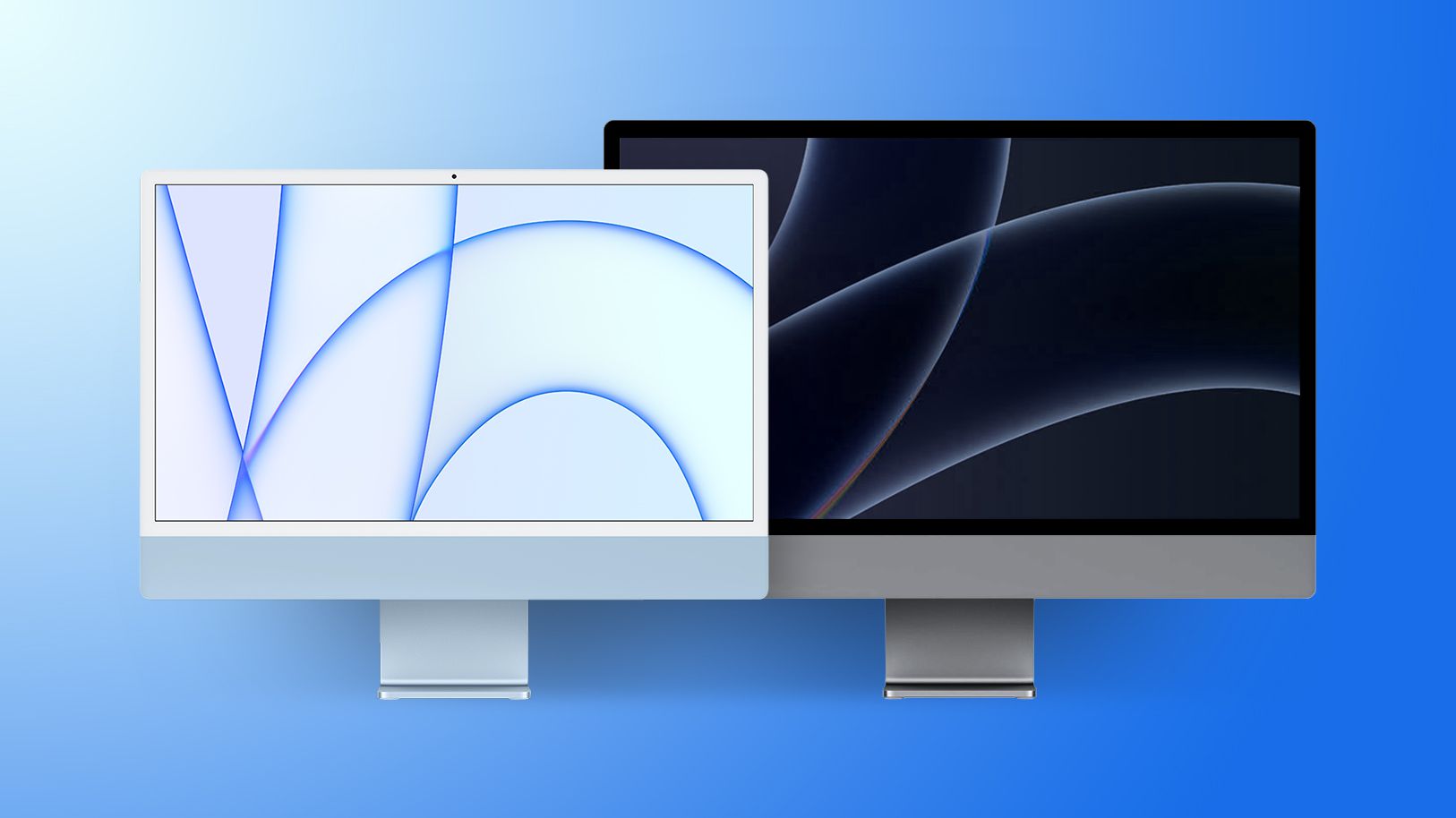Meanwhile, "let's kick the Mac guts OUT of the new iMac 27, rebrand it ASD and leave the price the same as historical iMac 27" pricing and see if they'll pay."
The idea that the Studio Display started life as an iMac really doesn't hold water.
Yes - it's got fans. That's because it contains a hefty (whatever the display needs
plus 96W) PSU and super-bright backlights - but the fans are nowhere near the CPU area. If it was designed as an iMac/iMac Pro the cooling system would be designed around the CPU.
The LG Ultrafine 5k had a fan as well.
Yes - it's got a computer and SSD in it - an iPhone-surplus A-series SoC. Pretty much any modern display has a powerful microcontroller in it, most receive firmware updates. Again, the LG has a microcontroller
and a signal processor for the camera etc. Driving the fancy virtual-surround speakers, webcam etc. is bread and butter for an A-series chip, and Apple happen to know these guys who can give them a good deal on an A-series chip.
Yes - it's running iOS. Or, at least, something with the same build number of iOS (no indication that it has
full iOS). Again - a no-brainer, since the driver software for webcam and surround speakers is most likely a close cousin existing drivers for iDevices and HomePod. If not, they'd have to license a third party microcontroller OS or re-write their drivers for bare metal - again, like most other higher-end displays.
I think what it does prove is that you can't tell the difference between a future iMac and a Studio Display based on a sketchy leaked photo or two.
The Studio display was a test to see if they could get away with selling a 27-inch iMac without the Mac!
The Studio Display was likely a deliberate move to get out of the shrinking iMac market and instead make a single product that could be sold to users of MacBooks, Mac Minis, Mac Studios and Mac Pros.
The whole desktop Mac market is likely being decimated now that most of the performance advantage over laptops has gone. All those people who once bought an iMac for heavy lifting and a MBA/MBP for use "on the road" now just need the laptop and a large screen - and Apple would like the Studio Display to be that large screen. Many of its features - particularly that expensive, slim-line power supply - look designed to make it the ultimate MBP dock as much as a display for a desktop Mac.
The M1 24" iMac was also a huge improvement over the old 21.5" iMac (well, objectively - personally I think it's hideous) which was also going to take a huge bite out of lower-end 5k iMac sales.
The bargain $1800 i5 iMac may have been cheaper than a Studio Display/Mac Mini combo, but the Mini was always more powerful and once you get to the Mx Mini+SD versus the i7 iMac, the prices are pretty comparable. The fully tricked-out top end i9 iMac cost about the same as a comparably powerful Studio Max + Studio Display (by the time you upgrade the iMac to 32GB at Apple Prices). YMMV as to whether you "need" to buy the Magic peripherals... personally, I can't stand 'em and would have to replace them or use old kit anyway.
...and all that is ignoring the option of buying a 3rd party 4k or 5k display with a
lot more choice of formats and significantly lower prices.



